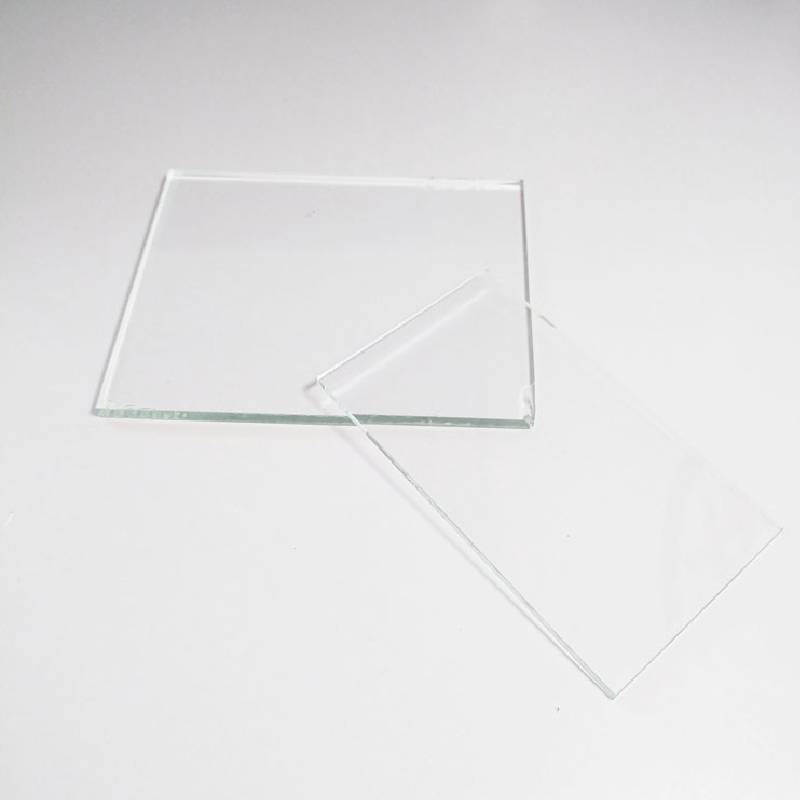Low Iron Glass A Transparent Innovation
Low iron glass, also known as clear or ultra-clear glass, is a specialized type of glass that has gained prominence in various industries, particularly in architecture, automotive, and solar energy sectors. Unlike conventional glass, which contains iron oxide and thus has a greenish tint, low iron glass is manufactured using raw materials that have minimal iron content. This results in higher light transmission and color clarity, making it an ideal choice for applications where transparency and aesthetic appeal are paramount.
The Manufacturing Process
The production of low iron glass begins with the selection of high-quality raw materials, especially silica sand, which is low in iron. The glass is produced through a melting process at high temperatures, around 1,600 degrees Celsius. The reduced iron content is key; during this process, the aim is to ensure that the glass remains free from impurities that can affect its clarity. Advanced manufacturing techniques further enhance the quality of low iron glass, enabling smoother surfaces and increased durability. Once the molten glass is formed, it is cooled and processed into sheets or other desired shapes.
Applications and Benefits
1. Architectural Use One of the most significant applications of low iron glass is in architectural design. It is widely used in facades, skylights, and curtain walls, where natural light is essential. The high transparency and minimal color distortion allow for excellent visual aesthetics, making buildings more inviting and energy-efficient. This type of glass allows designers to create airy, open spaces flooded with light, while maintaining the structural integrity of the building.
2. Solar Energy Low iron glass also plays a crucial role in the solar energy sector, particularly in photovoltaic panels. Since it allows for a greater transmission of sunlight, it enhances the efficiency of solar cells. The increased clarity of low iron glass means that more sunlight can penetrate the panels, thereby improving energy conversion rates. With the rising demand for renewable energy sources, the importance of low iron glass in solar technology cannot be overstated.
low iron glass
3. Automotive Industry In the automotive sector, low iron glass is used in the production of windshields and windows. The enhanced clarity provides better visibility for drivers and passengers. Furthermore, the glass is often treated to be stronger and more resistant to shattering, which adds a layer of safety. Additionally, vehicles made with low iron glass can have tinted options without sacrificing transparency, offering both style and functionality.
Environmental Impact
The production and use of low iron glass also have environmental implications. By enabling better energy efficiency in buildings and solar panels, it contributes to reduced energy consumption. Moreover, many manufacturers are now focusing on sustainable practices in their glass production, including recycling processes and the use of energy-efficient technologies.
Challenges and Future Prospects
While low iron glass presents numerous advantages, it is not without its challenges. The manufacturing process can be more costly compared to traditional glass, and its availability may be limited in certain regions. Nonetheless, the market for low iron glass is expected to grow, driven by trends in sustainable architecture and green building practices.
As innovations continue to emerge in manufacturing techniques and applications, the future of low iron glass looks promising. Researchers are exploring ways to further enhance its properties, such as improving its strength and reducing production costs. The growing awareness of environmental sustainability and energy efficiency will likely propel the demand for low iron glass across various industries, fostering a shift towards more transparent and eco-friendly solutions.
In conclusion, low iron glass represents a significant advancement in material technology, offering unparalleled clarity and efficiency in multiple applications. As industries increasingly prioritize sustainability, the role of low iron glass will only become more prominent, paving the way for a brighter and clearer future.
 Afrikaans
Afrikaans  Albanian
Albanian  Amharic
Amharic  Arabic
Arabic  Armenian
Armenian  Azerbaijani
Azerbaijani  Basque
Basque  Belarusian
Belarusian  Bengali
Bengali  Bosnian
Bosnian  Bulgarian
Bulgarian  Catalan
Catalan  Cebuano
Cebuano  Corsican
Corsican  Croatian
Croatian  Czech
Czech  Danish
Danish  Dutch
Dutch  English
English  Esperanto
Esperanto  Estonian
Estonian  Finnish
Finnish  French
French  Frisian
Frisian  Galician
Galician  Georgian
Georgian  German
German  Greek
Greek  Gujarati
Gujarati  Haitian Creole
Haitian Creole  hausa
hausa  hawaiian
hawaiian  Hebrew
Hebrew  Hindi
Hindi  Miao
Miao  Hungarian
Hungarian  Icelandic
Icelandic  igbo
igbo  Indonesian
Indonesian  irish
irish  Italian
Italian  Japanese
Japanese  Javanese
Javanese  Kannada
Kannada  kazakh
kazakh  Khmer
Khmer  Rwandese
Rwandese  Korean
Korean  Kurdish
Kurdish  Kyrgyz
Kyrgyz  Lao
Lao  Latin
Latin  Latvian
Latvian  Lithuanian
Lithuanian  Luxembourgish
Luxembourgish  Macedonian
Macedonian  Malgashi
Malgashi  Malay
Malay  Malayalam
Malayalam  Maltese
Maltese  Maori
Maori  Marathi
Marathi  Mongolian
Mongolian  Myanmar
Myanmar  Nepali
Nepali  Norwegian
Norwegian  Norwegian
Norwegian  Occitan
Occitan  Pashto
Pashto  Persian
Persian  Polish
Polish  Portuguese
Portuguese  Punjabi
Punjabi  Romanian
Romanian  Russian
Russian  Samoan
Samoan  Scottish Gaelic
Scottish Gaelic  Serbian
Serbian  Sesotho
Sesotho  Shona
Shona  Sindhi
Sindhi  Sinhala
Sinhala  Slovak
Slovak  Slovenian
Slovenian  Somali
Somali  Spanish
Spanish  Sundanese
Sundanese  Swahili
Swahili  Swedish
Swedish  Tagalog
Tagalog  Tajik
Tajik  Tamil
Tamil  Tatar
Tatar  Telugu
Telugu  Thai
Thai  Turkish
Turkish  Turkmen
Turkmen  Ukrainian
Ukrainian  Urdu
Urdu  Uighur
Uighur  Uzbek
Uzbek  Vietnamese
Vietnamese  Welsh
Welsh  Bantu
Bantu  Yiddish
Yiddish  Yoruba
Yoruba  Zulu
Zulu 

